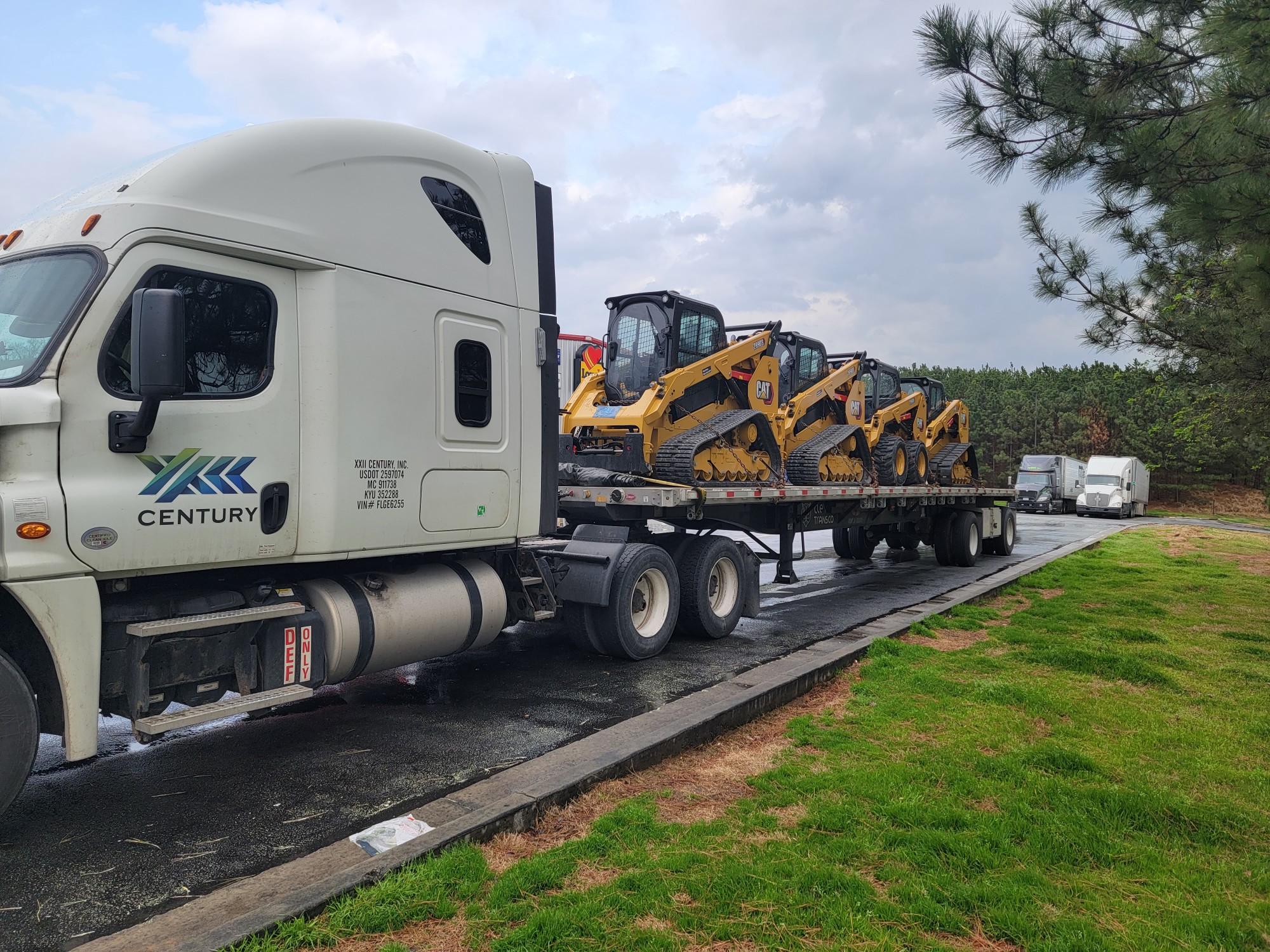If you’ve ever spent hours on the highway watching endless streams of big rigs roll by, you’ve probably wondered what it’s like to be the one behind the wheel. For many drivers, truck driving jobs start as a way to make a steady living, but over time, the idea of calling the shots—and keeping more of the profits—starts to look pretty appealing. That’s where becoming an owner operator comes in.
In simple terms, an owner operator is a truck driver who owns their own rig and runs their own trucking business. It’s a career move that offers more freedom, higher earning potential, and the chance to build something that’s truly yours. But it’s also a big step, with real costs, new responsibilities, and plenty of decisions that can make or break your success.
In this guide, we’ll break down exactly what it takes to transition from company driver to owner operator. You’ll learn about the upfront investment, the daily realities of running your own rig, and the strategies successful drivers use to keep their schedules full—whether that’s hauling long distances or mixing in local trucking jobs. By the end, you’ll have a clear picture of the risks, rewards, and what to expect before you hit the road as your own boss.
Understanding the Role of an Owner Operator
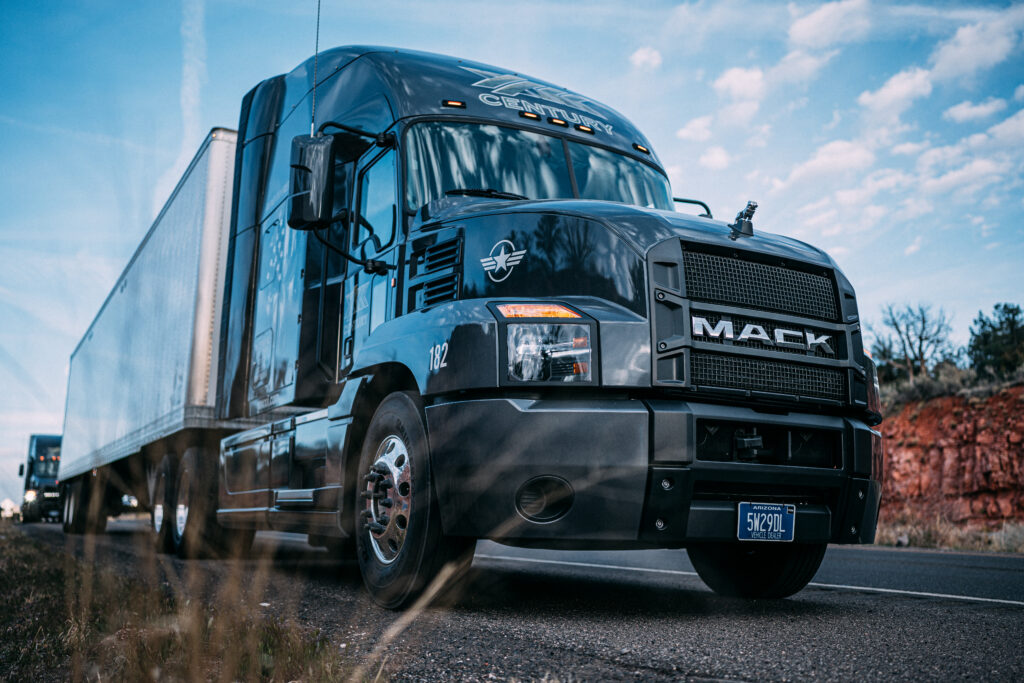
Before you dive into buying your own rig or scanning job boards for the best loads, it’s worth slowing down to understand exactly what being an owner operator means—and how it’s different from other truck driving jobs.
At its core, an owner operator is both a driver and a business owner. You’re not just clocking in, picking up freight, and going home. You’re managing every part of your operation: finding loads, negotiating rates, handling paperwork, keeping your truck in top shape, and making sure your business stays profitable. Think of it as wearing two hats—one for driving, one for running a small company.
Owner Operator vs. Company Driver
When you work as a company driver, your truck, fuel, insurance, and most of your routes are provided by your employer. You get a paycheck, but your earning potential is limited by the company’s pay scale and schedule. As an owner operator, you keep a larger share of what each load pays—but you also take on all the expenses and risks.
Different Types of Owner Operators
- Lease-Purchase Drivers: You lease your truck from a carrier, often with the option to buy it later.
- Fully Independent Operators: You own your truck outright and choose your own clients.
- Contracted Owner Operators: You own your truck but sign on with one carrier for consistent work.
Local vs. Over-the-Road (OTR) Work
Not every owner operator spends weeks away from home. Some focus on local trucking jobs, delivering within a certain radius so they can be home most nights. Others choose OTR work, hauling freight across state lines for bigger paychecks. The right choice depends on your lifestyle, goals, and the kind of work-life balance you’re aiming for.
In short, being an owner operator is about freedom, responsibility, and the willingness to treat trucking like a business. The next step? Knowing exactly what it costs to get started—because the freedom comes with a price tag.
The True Costs of Becoming an Owner Operator
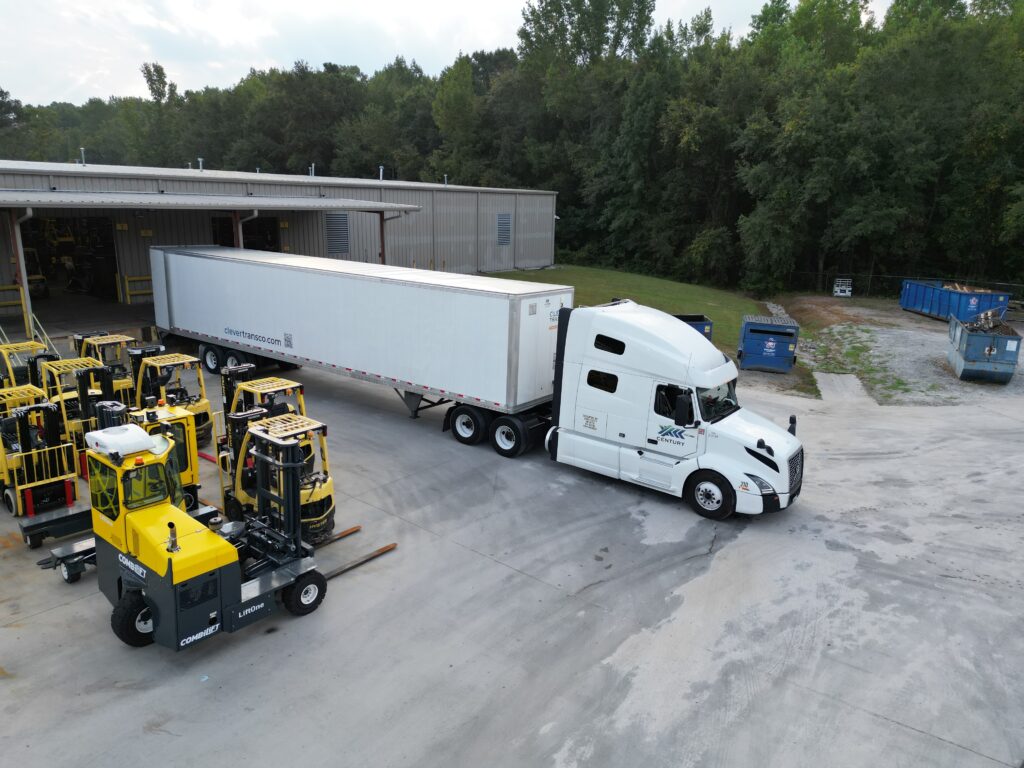
When you’re a company driver, it’s easy to take for granted how much your employer covers. The truck is theirs, the insurance is theirs, the permits are theirs, and when something breaks, they handle the bill. As an owner operator, every one of those costs shifts to you. That’s not meant to scare you—it’s meant to prepare you, because knowing the full picture of your expenses is the best way to set yourself up for success.
The biggest financial hurdle usually comes right at the start: acquiring your truck. You can either buy or lease, and both paths come with trade-offs. Buying means you own the rig outright and have complete control over how you run it, but it often requires a hefty down payment and long-term financing. Leasing may be easier to get into, with lower upfront costs and sometimes even maintenance included, but over time it can end up costing more and may limit your flexibility.
Once you’re on the road, the bills don’t stop rolling in. Fuel quickly becomes your largest day-to-day expense, and fluctuating prices can turn a good week into a tight one. Maintenance is another constant—tires wear down, brakes need replacing, and sooner or later something will break unexpectedly. On top of that, you’ll need to stay compliant with trucking regulations, which means paying for things like electronic logging devices, safety inspections, and sometimes costly permits depending on where you haul.
Then there are the costs most new owner operators don’t think about until they happen. Downtime is one of them. If your truck is in the shop, you’re not earning, but your insurance, loan payments, and personal bills don’t pause. Health insurance and retirement contributions also fall on your shoulders now, and they can add up fast if you don’t plan ahead. Taxes are another factor—self-employed drivers are responsible for more than they might expect, so setting aside a portion of each paycheck is essential.
The reality is that being your own boss in trucking comes with a price tag. But here’s the thing: drivers who understand these costs, budget wisely, and run their rigs like a business often find that the rewards more than make up for the expenses. And that’s exactly what we’ll explore next—why the benefits of being an owner operator keep so many drivers chasing the dream.
The Benefits of Being an Owner Operator
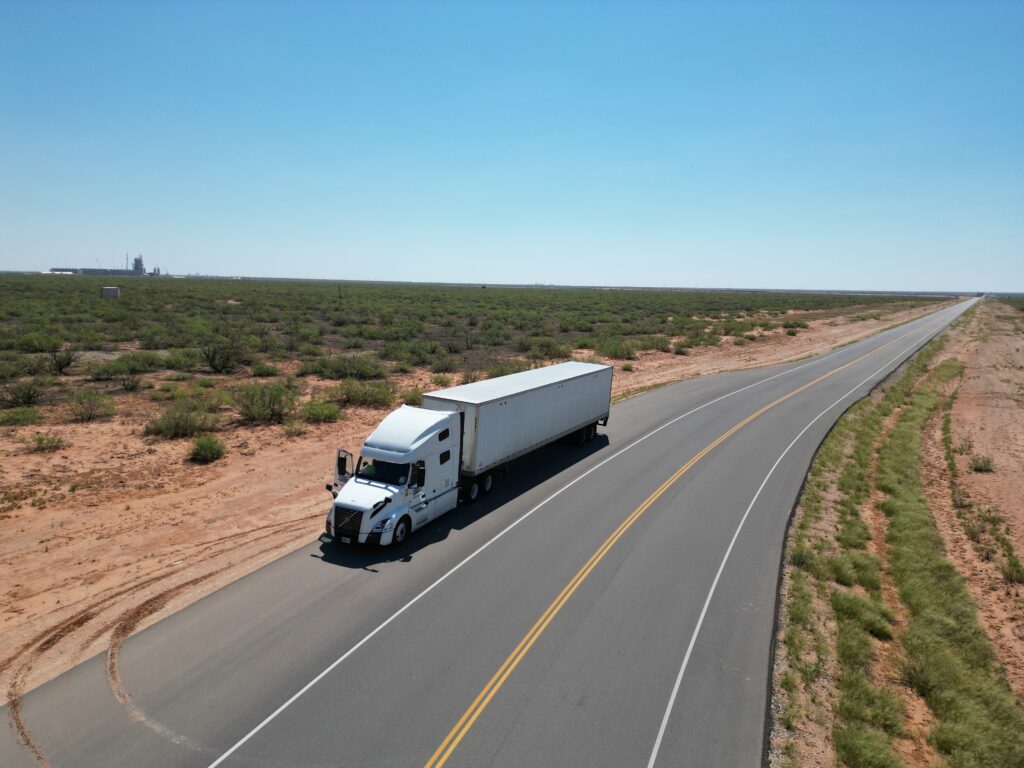
For many drivers, the moment they first take the keys to a truck they own is unforgettable. There’s a deep sense of pride in knowing that the rig sitting in the lot belongs to you, and every mile you drive is building your own business, not someone else’s. That’s one of the biggest reasons so many people leave traditional truck driving jobs and step into the world of being an owner operator—the work feels more personal, and the rewards often feel bigger.
The most obvious advantage is the potential to earn more. Company drivers usually work for fixed pay rates, while owner operators can choose loads and negotiate rates directly. That control over your income can be empowering, especially if you learn the sweet spots in freight lanes or secure steady clients who value your reliability.
There’s also the freedom that comes with making your own decisions. You can:
- Focus on local trucking jobs that keep you home most nights.
- Chase long-haul routes for higher-paying loads.
- Adjust your schedule based on your personal life, not a dispatcher’s plan.
And then there’s the satisfaction of running your own business. Over time, you develop sharper instincts about which loads are worth it, how to trim costs without cutting corners, and how to keep your truck running profitably year after year. You’re building a reputation in the industry, cultivating relationships with brokers and shippers, and growing a business that has real value.
Of course, with more freedom comes more responsibility. The choices you make—good or bad—have a direct impact on your bottom line. That’s why, before making the leap, it’s important to understand not just the rewards, but the challenges that come with them. And that’s where we’re headed next.
Also Read: A Guide to Independent Truck Driver Jobs: Is It Right for You?
Challenges You Must Prepare For
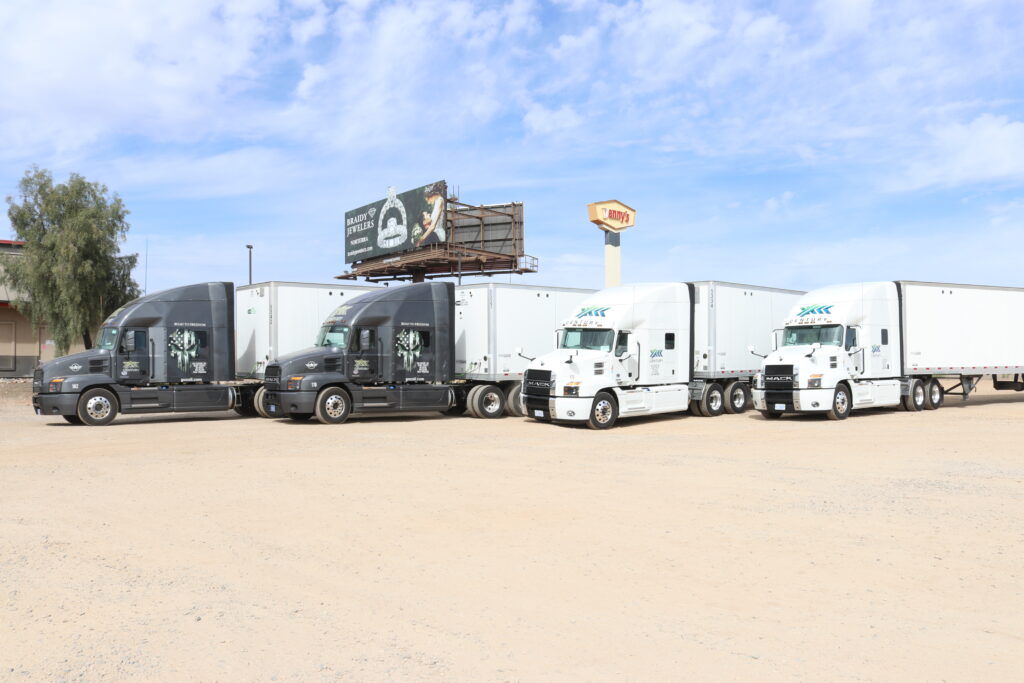
Becoming an owner operator can feel like you’ve just been handed the keys to total freedom, but that freedom comes with responsibilities that catch many drivers off guard. These aren’t here to scare you—they’re here to give you a clear picture of what you’re stepping into so you can prepare.
1. Unpredictable expenses. As a company driver, a blown tire or mechanical failure is the company’s problem. As an owner operator, it’s yours—and the cost can run from a few hundred to several thousand dollars. Even routine maintenance adds up quickly if you’re not budgeting for it.
2. The business learning curve. You’re no longer “just” a driver; you’re also an accountant, negotiator, and compliance manager. Taxes, permits, and paperwork are now on your shoulders, and finding loads is as important as delivering them.
3. Balancing work and home life. Many independent drivers push for higher earnings by taking longer hauls, but that means more time away from home. Choosing local owner operator trucking jobs can help with family time, but they sometimes pay less, so you’ll need to balance lifestyle and income carefully.
4. Competing in the market. The world of owner operator jobs can be competitive, especially in busy freight lanes. Standing out often requires building trust with brokers, delivering on time, and offering a level of service that makes clients call you first.
These challenges are real, but they’re also manageable when you go in prepared. The drivers who succeed are the ones who treat their trucking career like a business from day one. And that starts with knowing how to make the leap from company driver to independent operator the smart way.
How to Transition from a Company Driver to an Owner Operator

Switching from company driver to owner operator is exciting, but it’s not a leap you want to take without a plan. The best transitions are deliberate, with finances, equipment, and strategy all lined up.
Start by assessing your readiness. Do you have the driving experience to handle different routes and conditions? Have you saved enough to cover a down payment, start-up costs, and a few months of expenses if freight slows down? As an owner operator, every bill is yours to cover—whether the truck is rolling or parked.
Next, choose the right truck for your work style. If you plan on local trucking jobs, you might focus on maneuverability and fuel efficiency. For long-haul runs, comfort and long-range fuel capacity become priorities. Whether buying new or used, always check the truck’s history and maintenance record.
Finding steady freight is your next challenge. Load boards can help you get started, but building relationships with brokers and shippers leads to better-paying, repeat work. You’ll also decide whether to operate independently or contract with a carrier for more stability.
Finally, commit to a preventive maintenance routine. Regular inspections, timely repairs, and cost tracking keep your rig running and your business profitable.
The move to owner operator isn’t just about owning a truck—it’s about taking control of your career. With preparation, you can make the shift smoothly and start building a business that works on your terms.
Wrapping It Up: Your Roadmap to Owner Operator Success
Becoming an owner operator is more than a job change—it’s stepping into the driver’s seat of your own business. We’ve explored what the role involves, the real costs of getting started, the benefits that make it appealing, the challenges you’ll need to overcome, and how to make a smooth transition from company driver to independent operator.
The big takeaway? Freedom and control come with responsibility. If you understand the financial commitment, prepare for the realities of the road, and run your operation like a business, the rewards can be worth it. From higher earning potential to the flexibility of choosing your own loads—or even mixing in local trucking jobs for more home time—you’re in control of your career path.
If you’re ready to take the next step, start by researching available owner operator jobs, connecting with experienced drivers, and building a plan that fits your goals. The trucking industry is full of opportunities for those willing to work hard and think like entrepreneurs.
Your next chapter is out there. The road is open—now it’s up to you to decide where to drive it.
